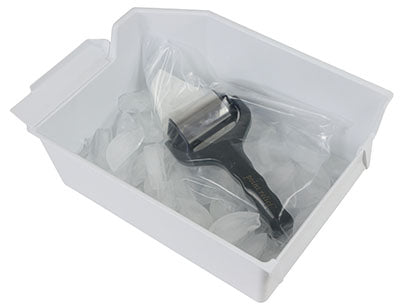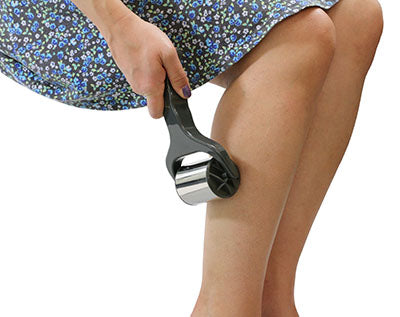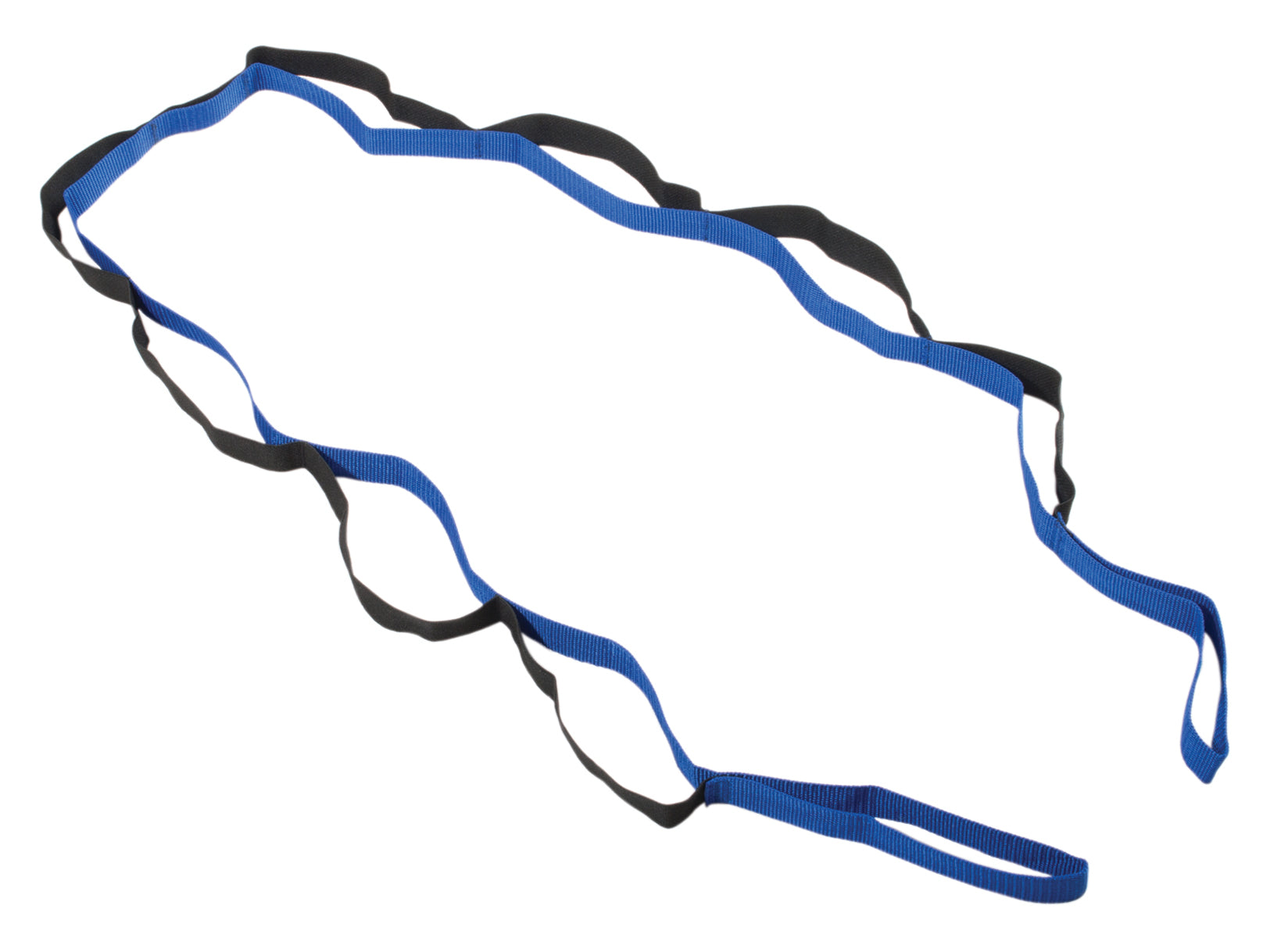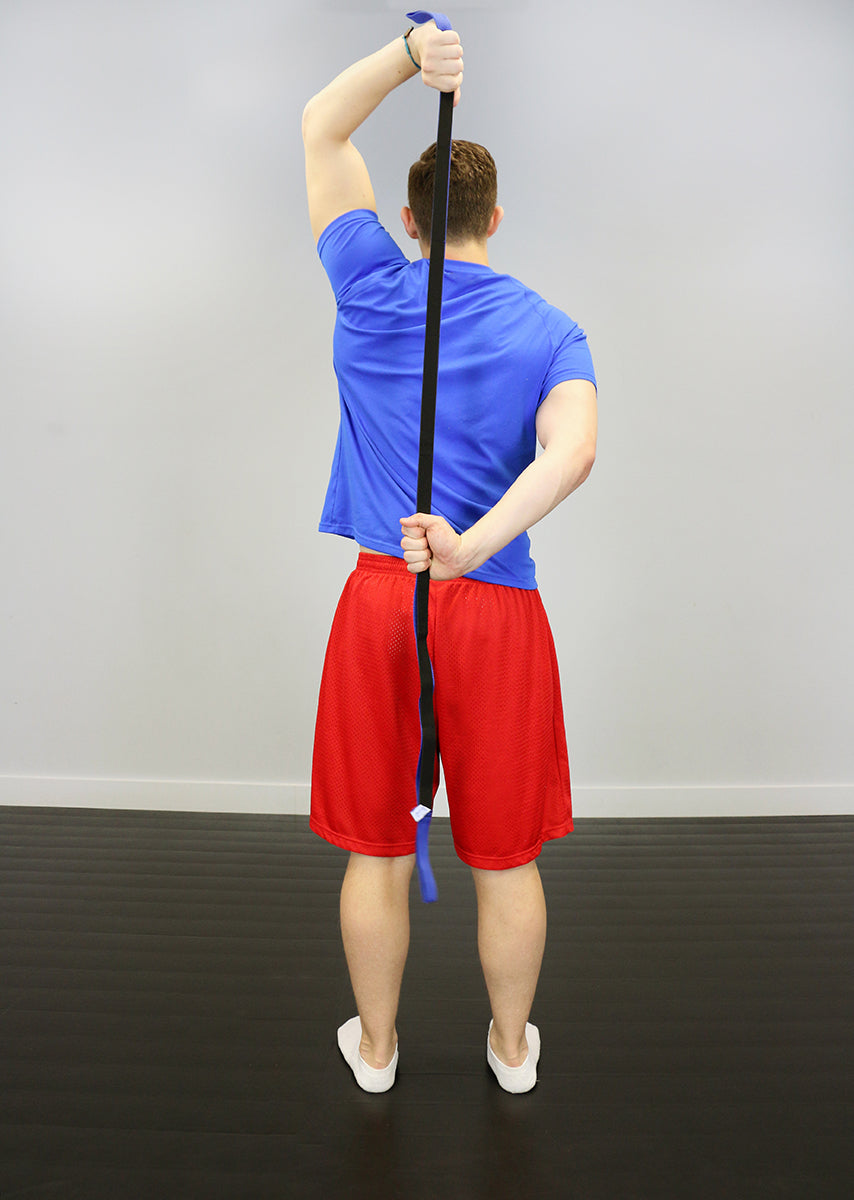You wake up after a restful night’s sleep to hit up the gym before the sun comes up. The last few training days have been pretty taxing on you, but surprisingly, you were able to hop out of bed with very little soreness. But that was gone three minutes into your warm up. Today is your deadlift day, and even though your legs, back, and arms feel strong, the weight feel heavy. Way too heavy. Why is this? Why do you feel so weak and unmotivated to lift heavy and strong? Because while your muscular system may have recovered from your previous workouts, your nervous system hasn’t.
If you’ve ever felt this way in the gym, odds are that it can be attributed to your nervous system being in a sympathetic state. To understand how to fix the problem, you must first understand the problem, so a brief physiology lesson is due. The nervous system is broken down into two main components—the central nervous system (CNS) and the peripheral nervous system (PNS). The CNS is made up of the brain and spinal cord while the PNS is broken down into subdivisions—the sensory-somatic nervous system and the autonomic nervous system (ANS). The ANS controls much of what goes on internally in the human body to make sure that it functions normally, such as breathing when we aren’t thinking about it, stimulating the release of bile from the gallbladder, and controlling our heart rate. The ANS is once again divided into two categories—the parasympathetic nervous system and the sympathetic nervous system. These two systems serve opposite roles in the body, with the parasympathetic nervous system signaling for the body to be in a more relaxed state while the sympathetic nervous system signals the body to be in a more aggressive or alert state. This is important to know because when you spend prolonged periods of time in a sympathetic state (i.e. when you work out), metabolites begin to build up in the bloodstream. As these metabolites continue to collect, your average heart rate will begin to rise with everything you do. And there, my friends, lies one of the best indicators as to whether or not you have truly recovered from your workout. One of the best ways to go about monitoring the state of your nervous system is to check your resting heart rate (RHR) upon waking every morning. This is a habit that I’ve gotten into and it has paid off tremendously. I know that when I’m fresh, my RHR is around 44 beats per minute (bpm). However, by the end of every week, my RHR starts to creep up around 60 bpm. That’s when I know it’s time to head to the gym for a recovery session, which always brings me back down into the 40s by the next morning. Not only will someone’s RHR increase, but their heart rate during other activities will be higher than normal as well. This is why many professional and collegiate athletes are being required to wear heart rate monitors during their workouts, so coaches can watch their heart rate that day during specific drills and compare that to what it has been on other days. This is also to make sure that their heart rate doesn’t get too high or too low during their training session, so they can get the most out of the athletes both on that day and in future training sessions.
Many people think that it’s best to take a day off from the gym when they start to feel groggy and unmotivated. While not seeing the gym for a day may be good for their mindset, what their body more than likely needs is a light training session, working basic movement patterns, easy cardio, or a brief skill session, depending on whether or not this person is a competitive athlete. Regardless of which activity the subject chooses, the most important thing is that his or her heart rate is kept between 120 and 130 bpm. I can’t stress this enough. When doing recovery work, you must monitor your heart rate and make sure that it stays between 120 and 130 beats per minute. If you own a heart rate monitor that gives you constant feedback, your possibilities for recovery work are endless. If not, you will be confined to using some sort of cardio equipment that has a heart rate monitor on it. These activities should be performed for 20 to 45 minutes on a day when no other training is scheduled. For athletes, I recommend doing something that is low impact on the joints, such as biking, using the elliptical, or wearing a heart rate monitor in the pool. So what is so special about the 120 to 130 bpm range? The secret is that within this range is where the body makes a switch from the parasympathetic to the sympathetic nervous system. Below 120 bpm, the parasympathetic nervous system still sends signals to the body while above 130 bpm the sympathetic nervous system is completely in charge. Within this heart rate range, the body is best able to flush out the metabolites of previous workouts. Therefore, it allows your body to optimally recover and sends your nervous system from a sympathetic state back to a parasympathetic state. So the next time your legs are fresh but your head is in a fog, try some nervous system recovery work to get back to “beast mode.” Get big or die trying.




































































